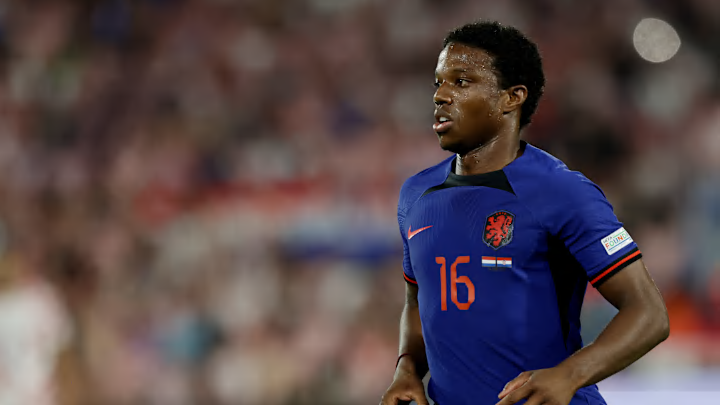Tyrell Malacia's case at Manchester United is a vivid example of the complexities and challenges faced when an injury threatens to interrupt a promising career.
When Manchester United announced Malacia's signing in July 2022, expectations were sky-high. However, what followed was a journey marked by unfulfilled promises and shattered expectations. The left-back, initially seen as a solution to defensive problems, soon found himself grappling with a knee injury that kept him sidelined for almost a year.
Follow The Top Flight on X (Twitter).
Malacia's drama began when he chose not to communicate his knee pains, fearing to lose his place in the starting lineup. This dilemma, unfortunately, is common in the soccer world, where performance pressure often overshadows the need to take care of players' physical health.
The consequences of this decision proved devastating. What could have been a treatable injury quickly turned into a nightmare of repeated surgeries and prolonged recovery. The initial hesitation to communicate his injury led to additional complications, extending his time away from the pitch and compromising his ability to return to his best level.
The case raises questions about the club's injury management. Manchester United, by allowing Malacia to continue playing despite the pain, may have contributed to worsening his condition. The lack of effective communication between the player, the medical team, and the coaching staff is also concerning, highlighting the need for a more proactive approach in identifying and treating injuries.
It's important to recognize that Malacia's case is not an isolated one. Injuries are an inevitable reality in the world of soccer, and how they are managed can make all the difference in recovery time and the player's return to the game. Clubs and players need to work together to create an environment where the health and well-being of athletes are prioritized as much as success on the field.
